Curator Claudia Schmuckli, a ‘Swiss in involuntary exile’
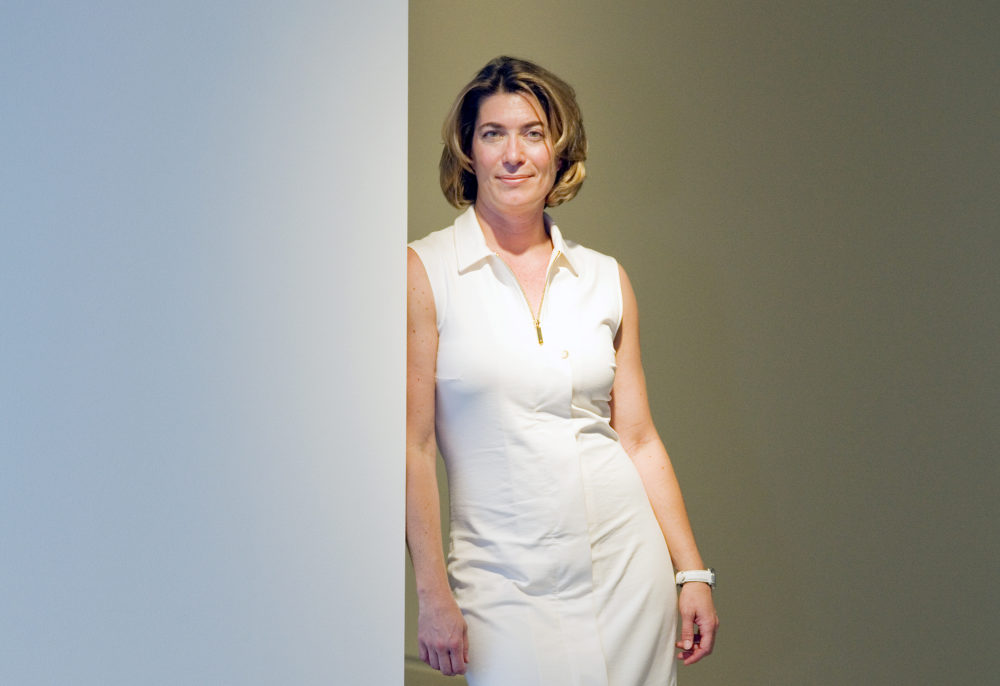
Claudia Schmuckli made her name by opening exhibitions to artists who had previously been denied access to the art world. She discusses her Swiss roots, her international upbringing and career, and the influence of San Francisco and Silicon Valley on her work.
It’s a sunny spring morning and a sense of normality seems to be back at the de Young Museum in San Francisco. Now that Covid restrictions have been eased, the public is filling the exhibition halls. Schmuckli is happy to see people back at the museum – the past couple of years have hit this sector hard.
Schmuckli is the curator-in-charge of contemporary art and programming at the Fine Arts Museums of San FranciscoExternal link (FAMSF), which include the Legion of Honor and the de Young Museum. “As a contemporary art curator, I’m very interested in what is shaping our reality at any given moment,” she says. “I’m deeply engaged with what’s happening in the world and within art. I observe, listen and search for inspiration in the work of artists. I see how it reflects, critiques, examines and anticipates the conditions of existence.”
She began her tenure at the de Young Museum in 2016. Her task was to inaugurate a new department within the museum. “My interest in coming here was really to think about how contemporary art lives within an institution like FAMSF. It was important to me that the work of contemporary artists create a dialogue with the permanent collections of the two different institutions, and with the institutions themselves,” she says.
“The de Young Museum has an encyclopaedic approach to its collections. It houses Mesoamerican, Oceanian and African art, textile art and much more. This variety enriches my work, but it requires a different modus operandi from a classical museum of contemporary art.”
The Legion of Honor and the de Young Museum also have architectural differences. The de Young is a modern building designed by Swiss architects Herzog & De Meuron. Meanwhile, the Legion of Honor is a neoclassical building.
“It is a copy of the Legion d’Honneur in Paris and houses a classic European collection of art, ranging from Antiquity to Impressionism,” she explains. “The Legion of Honor represents a very classic and traditional idea of a museum. It is a format that is scrutinised today, and for valid reasons, since it tells a very limited version of the history of art that focuses only on the West and Europe. My work focuses on creating a dialogue between the existing collections and contemporary art.”
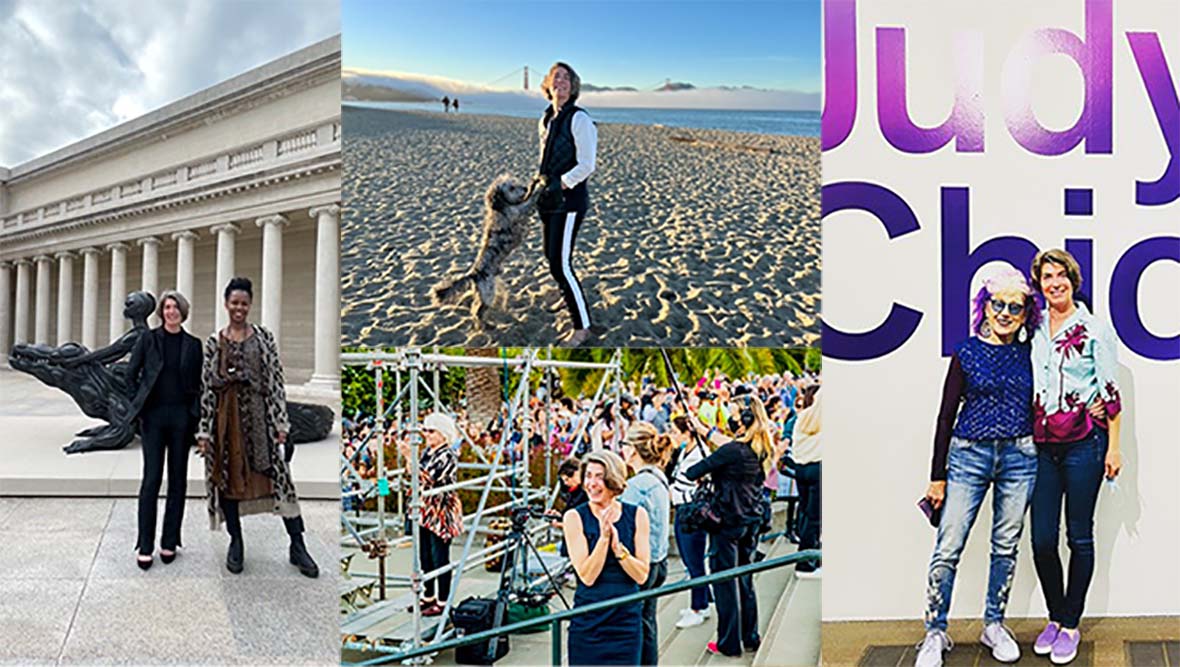
Schmuckli has created that dialogue by inviting artists such as Urs Fischer, Sarah Lucas, Alexandre Singh, and Lynn Hershman Leeson, with whom she analysed the theme of the Doppelgänger, echoing the Hitchcockian concept, and by doing so, opening a conversation between the museum and the surrounding territory. In fact, Alfred Hitchcock shot some scenes of the film Vertigo in this museum. “The history of the institution is important for my curatorial thinking,” she says.
Origins in canton Glarus
Schmuckli started shaping her curatorial thinking while at the Guggenheim Museum of New York in 1997, and then during her years at the Museum of Modern Art (MoMA).
In 2004 she expanded her experience at the Blaffer Art Museum at the University of Houston in Texas, where she was director and chief curator until 2016, when she arrived in the San Francisco Bay Area. It is a symbolic coast-to-coast trip, a journey from East to the “Far West”, passing through Texas.
In fact, Schmuckli’s personal journey started in the Far East, in Japan. “I was born in Tokyo,” she says. “My parents moved there from the United States. My father worked for Polaroid.” Her middle name is Reiko. “I lived there until I was five years old. Afterwards, we moved to Germany, where my father worked for Sony in Cologne.”
Her surname reveals her Swiss origins. “My parents are from canton Glarus. My father is from Mitlödi and my mother from Schwanden. We used to visit my relatives in Switzerland. I am a Swiss person in involuntary exile. I speak an anachronistic form of Swiss German, with an inflection from the 1960s. It’s the language that I learned at home from my parents,” she says laughing.
For her, returning to Switzerland means going home. “When I visit my parents in Zurich, I can relax. I live a more private life there. I live like a daughter again,” she says calmly. “It’s very different from my busy and exciting life in San Francisco. Sometimes we express different souls, depending on the places where we live.”
And Schmuckli has lived in very different places. These include Munich, where she got an MA in Art History at the Ludwig-Maximilians-Universität. Then New York, “where I was offered a job at the Guggenheim as curatorial assistant after my internship. This was an incredible opportunity. The director at the time, Thomas Krens, had a global vision of the museum as a brand. In those years the Guggenheim Bilbao and the Guggenheim Berlin were born and I was involved in those projects. It was a very exciting period”.
Her years at the MoMA, where she worked as assistant curator for John Elderfield, were also important. “In New York, between the late-1990s and the early-2000s, the art world focused on the Western world. However, the MoMA and the Guggenheim started opening towards different realities, showing that the world was bigger than the US and Europe and the dominating white and patriarchal perspective that we were used to.”
Schmuckli’s work shows a sensibility towards diversity and inclusion. “Texas was a fascinating place for me because of the very strong Latino influence. Houston is a very international city, but the art and culture are very local. My work at the Blaffer Art Museum at the University of Houston was to bring a more international perspective,” she says.
“My love for art comes from an intense curiosity about cultural imagination and my desire to know how culture expresses itself in objects. That’s what made me want to become a historian of art, a curator, and to have a role as a mediator.” Her work requires her to be immersed in the present and maintain an open and continuing dialogue with the surrounding environment.
Exploration of San Francisco
What type of reaction does she wish to provoke in an audience? “I think it’s important that your work has an impact on people, either on an emotional or intellectual level. It doesn’t necessarily have to be a positive one; it can create interest, anger, happiness, frustration or euphoria. If the audience’s reaction is cold, then you didn’t do a good job.”
Our conversation continues with her exploration of San Francisco in recent years. “This environment has enriched my experience a lot, by adding elements of complexity,” she says. “When I arrived in the Bay Area, the world and particularly the United States was going through deep changes, mostly after Trump’s election. In San Francisco, which is a progressive city, I found an environment and a context that was very different from Texas. But the city is in a crisis.”
She is struck by the disparity: a very wealthy city with a serious homelessness emergency.
“I started considering all the symptoms of the mythology of the West, of the second ‘gold rush’, the ‘data rush’, and the collateral damage that it has done in this area. There was a friction that I was interested in, from an intellectual perspective: how this mythology had shaped the cultural production.”
The exhibition Specters of DisruptionExternal link was the natural outcome of her reflections. It examined the effects of geological threats such as earthquakes, as well as disruptions such as the displacement of the Native American communities early on, and more recently the displacement of communities in the city because of the Tech Boom.
This displacement has affected many artists. “We live in a very expensive city, and we’re witnessing the erosion of this community. Luckily during the pandemic a number of interesting initiatives were launched, and funds have been given to support artists.”
Influence of technology
Silicon Valley is a few kilometres away and the theme of technology is inevitably part of the cultural and artistic conversation. Claudia Schmuckli has investigated the relationship between humanity and technology in the exhibition Uncanny ValleyExternal link, which opened in February 2020.
“It was conceived with 13 artists, with an eye towards the context of the Bay Area and how the technological developments of the past 20 years have shaped our reality. Specifically, the problematic consequences of Artificial Intelligence on the political climate and on democracy. It has been redefining our conditions as human beings,” she explains.
Unfortunately the exhibition had to close a couple of weeks after it opened owing to the lockdown. “It was an uncanny coincidence. We had started a reflection that we felt was urgent, then the pandemic exasperated all the themes that we were talking about.”
Sensitive to the topic of climate change, Schmuckli co-founded Art+Climate ActionExternal link. “It’s an initiative that was born during the pandemic, after the devastating wildfires in California,” she says. “We are a group of volunteers, people related to the world of art, who felt the urge to get together and learn to adopt solutions to reduce the ecological footprint of the art world, and then to educate others to do the same. For example, at de Young we did an ‘audit’ of the Judy Chicago retrospective.”
As for the future, what are the emerging themes in the artistic field? “I believe that from now on we will confront the intersection between climate, technology and social justice. I think a lot of energy will be involved in that triangulation,” she says. “Mine for sure.”
Edited by Thomas Stephens
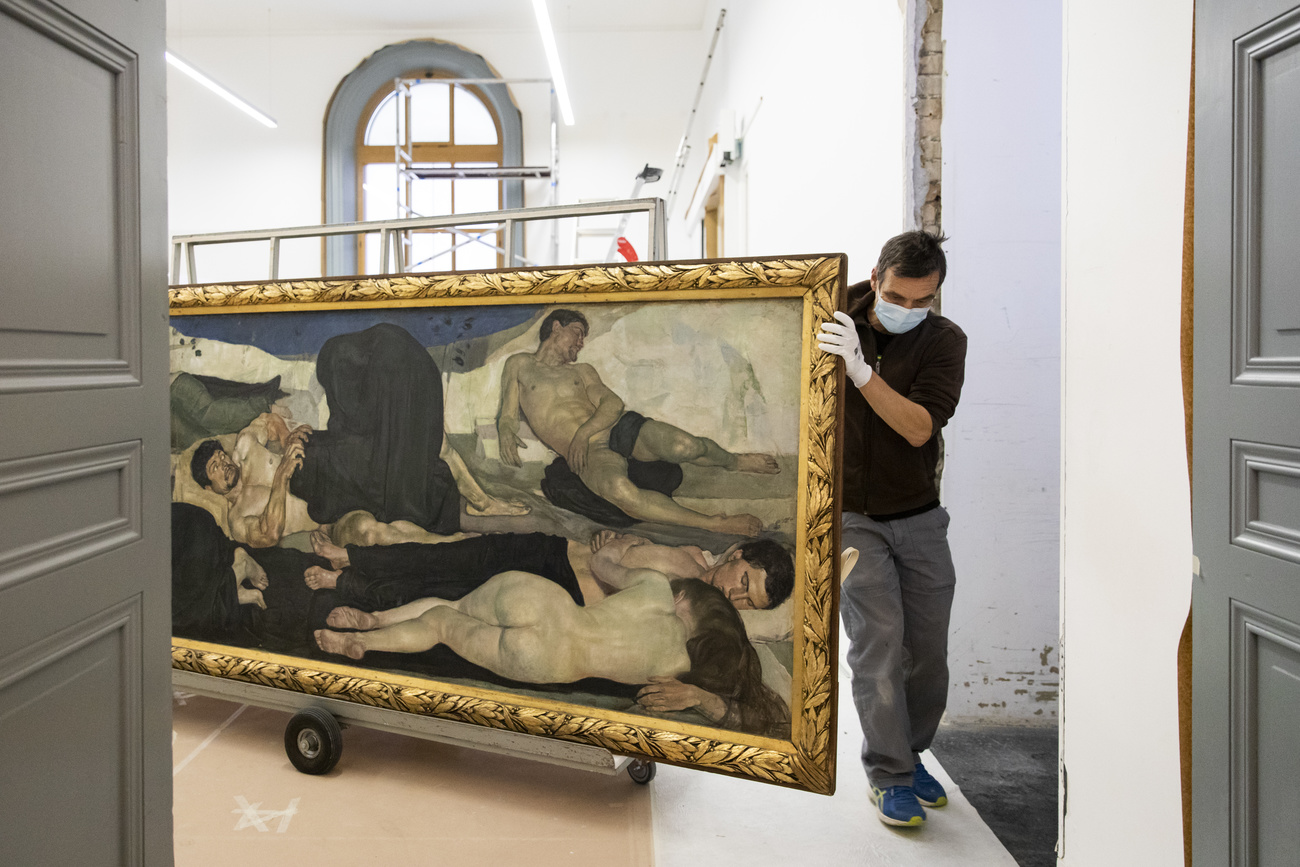
More
Women remain largely under-represented in Swiss museums
Balz Rigendinger

In compliance with the JTI standards
More: SWI swissinfo.ch certified by the Journalism Trust Initiative
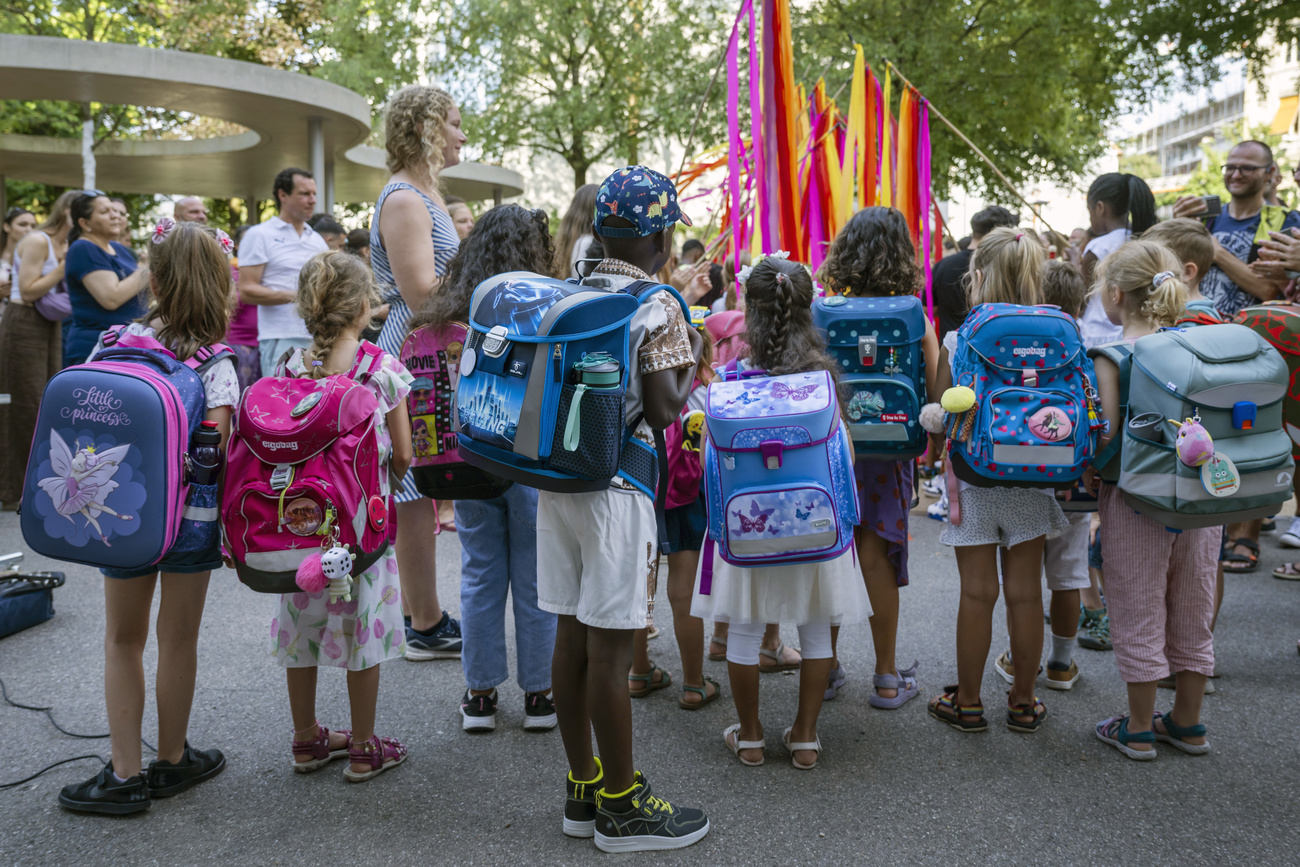

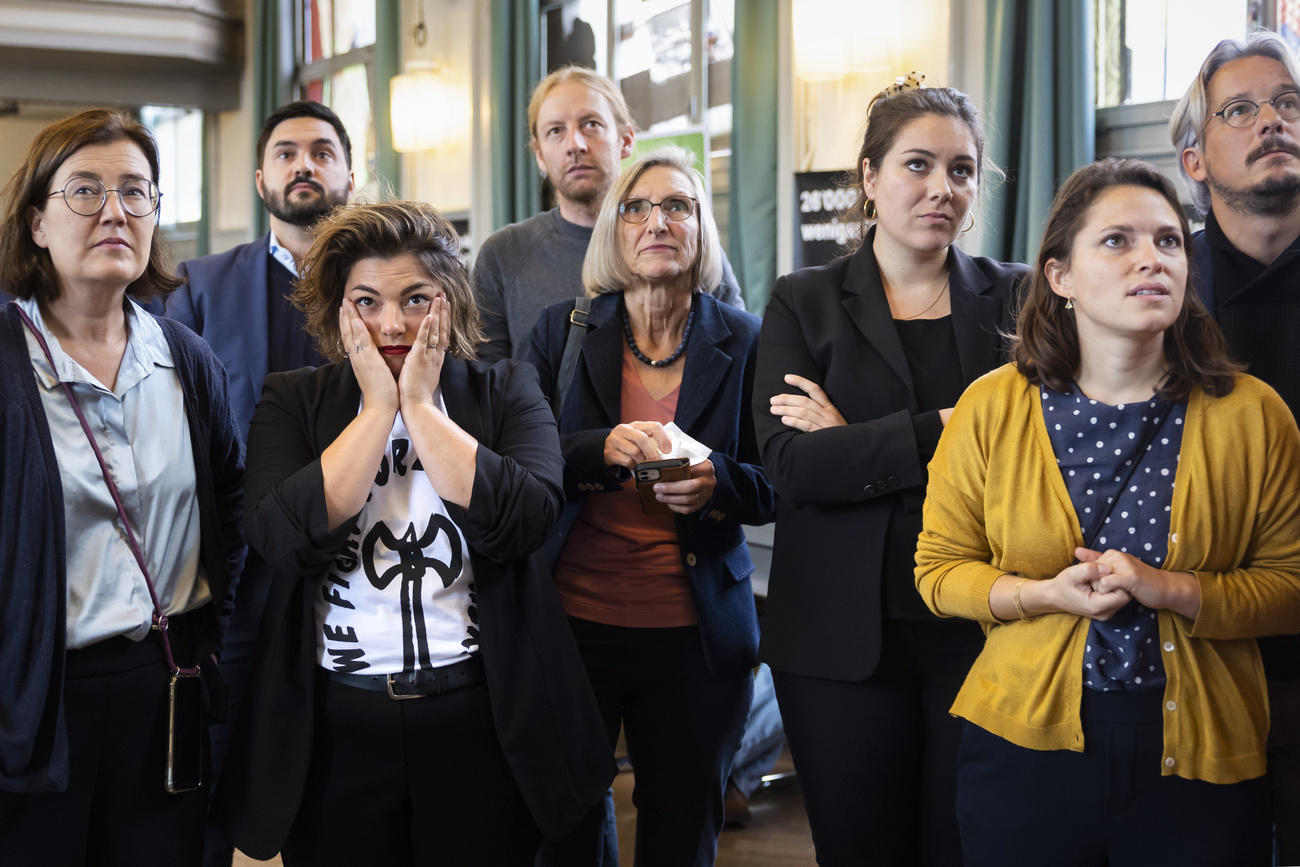

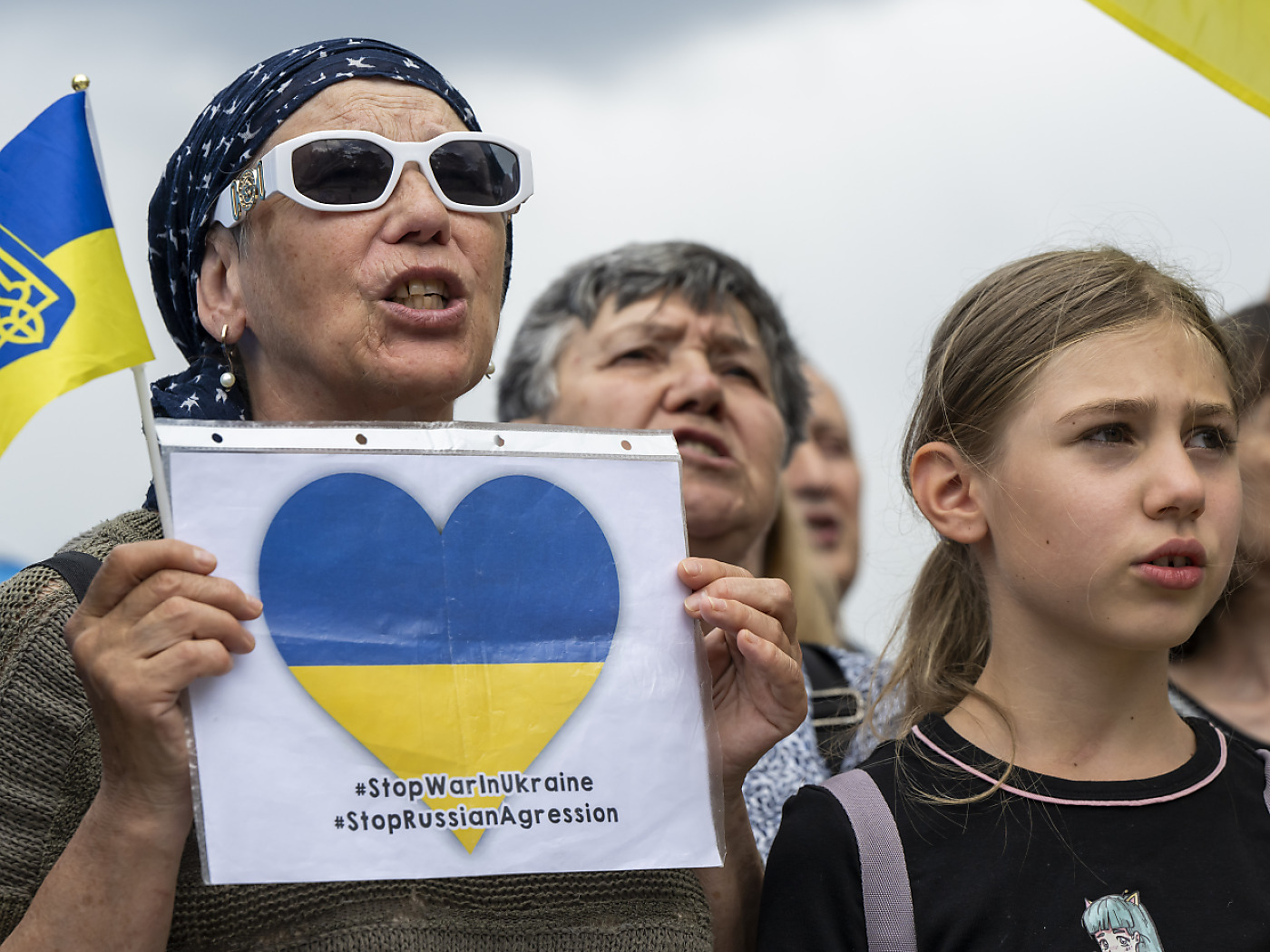

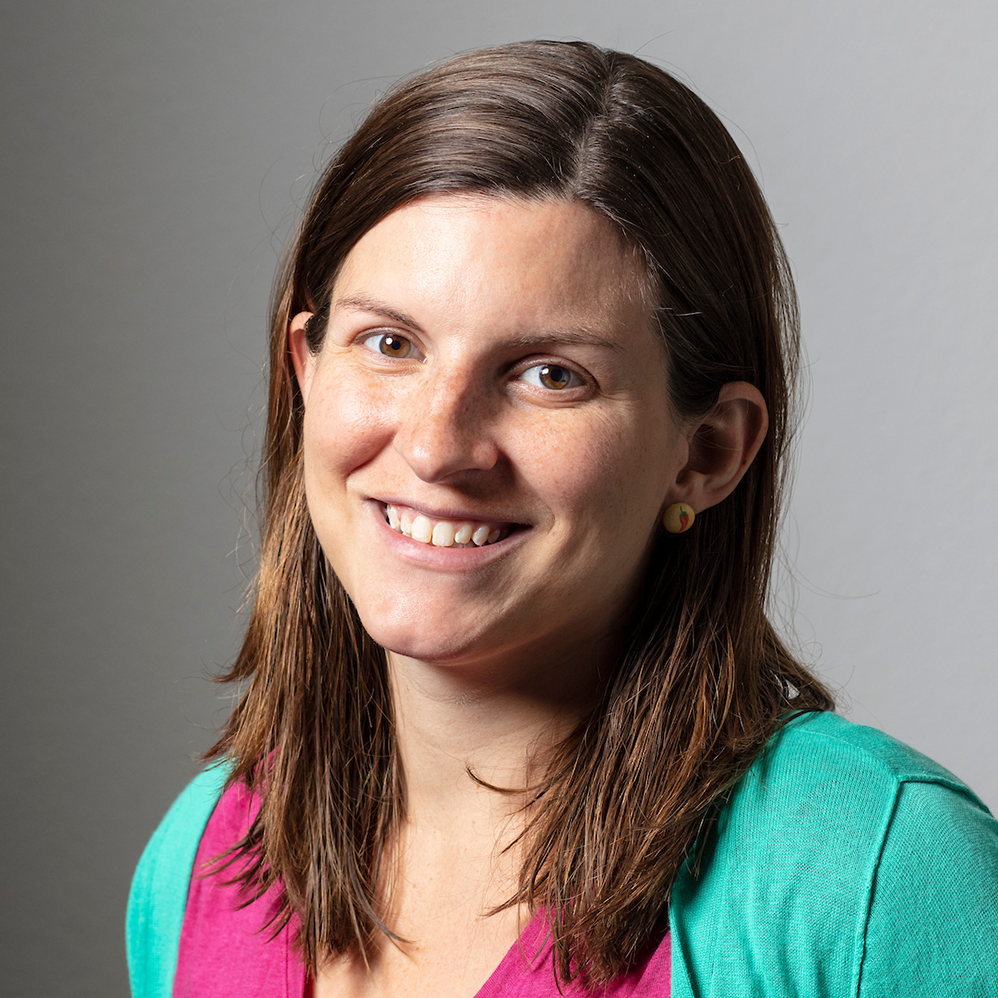
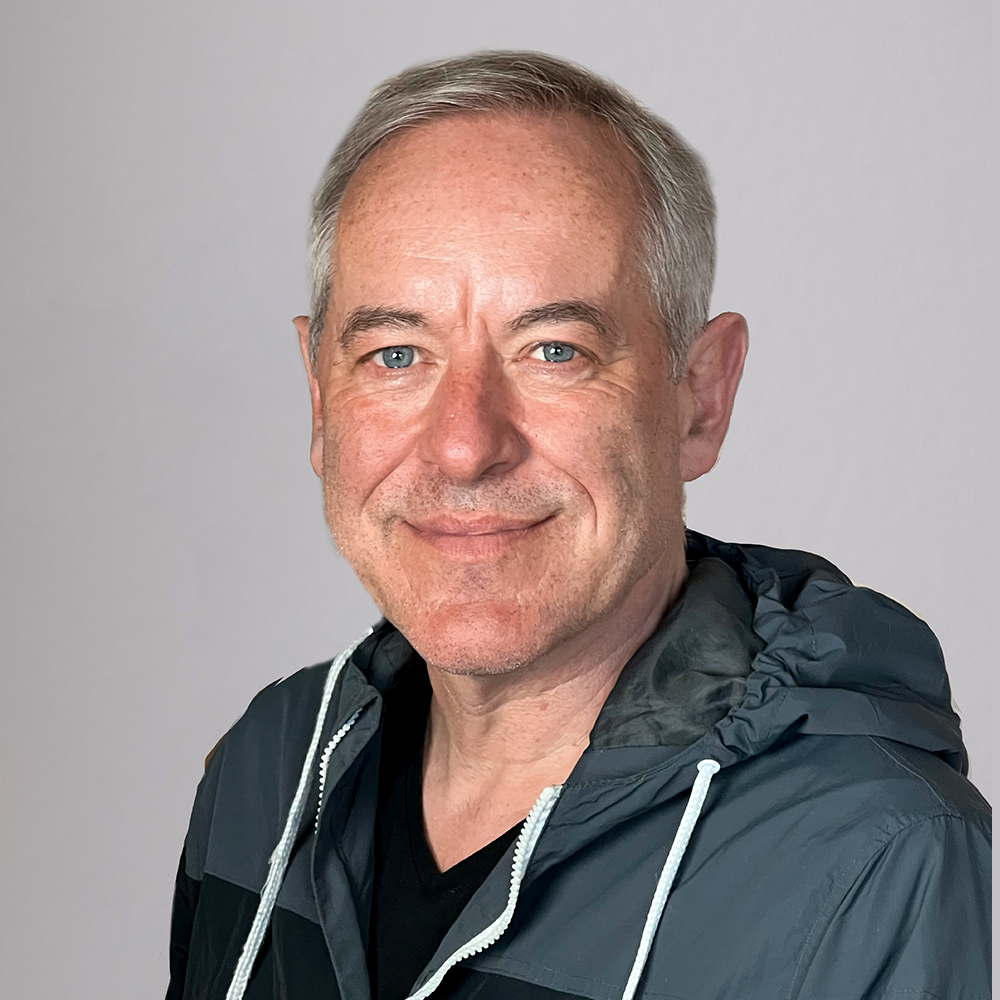
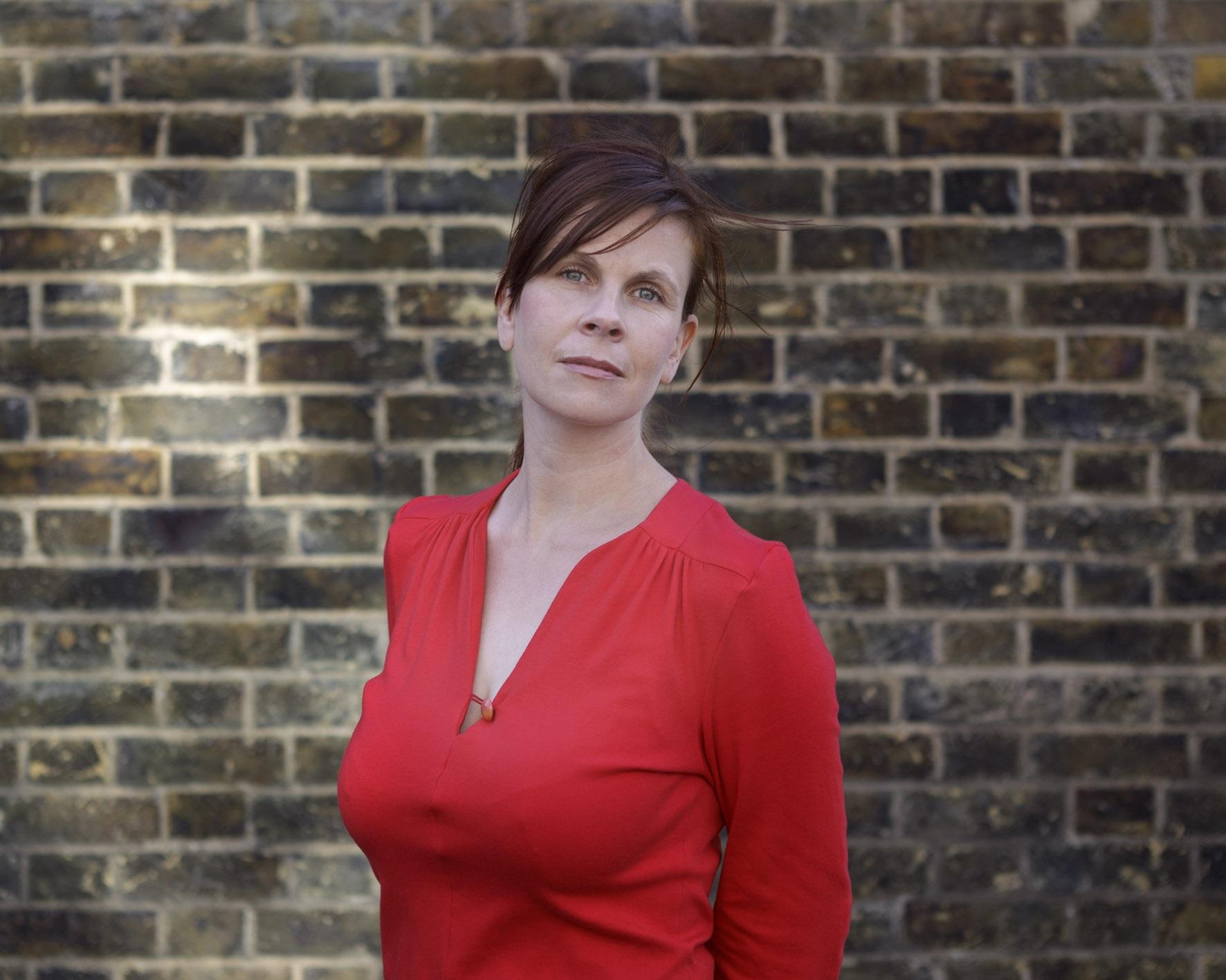
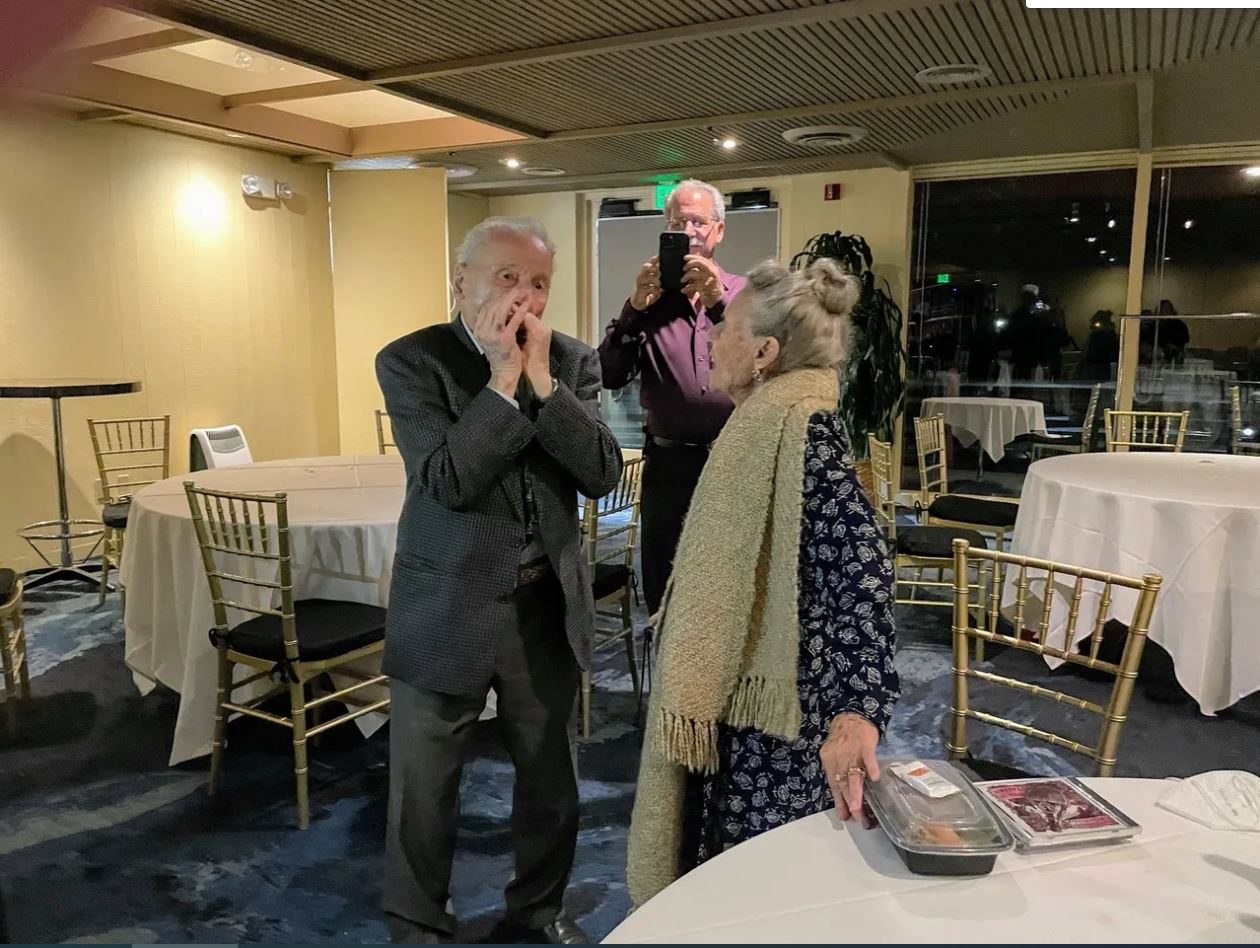
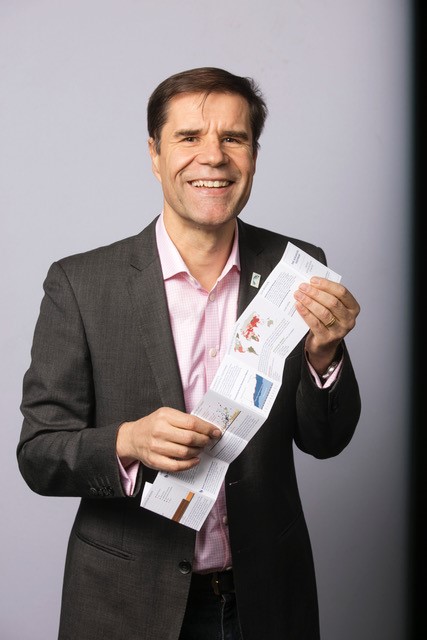
You can find an overview of ongoing debates with our journalists here . Please join us!
If you want to start a conversation about a topic raised in this article or want to report factual errors, email us at english@swissinfo.ch.